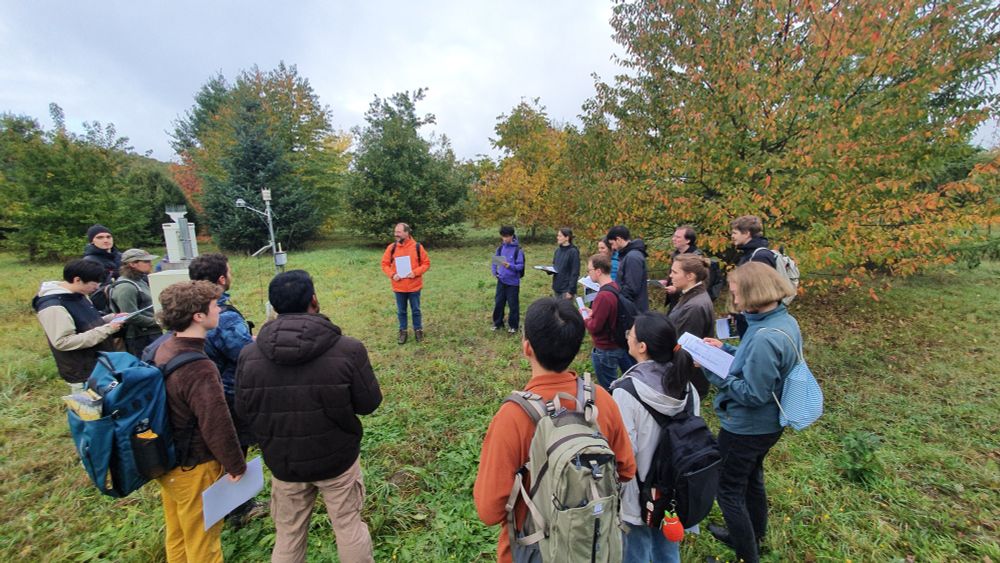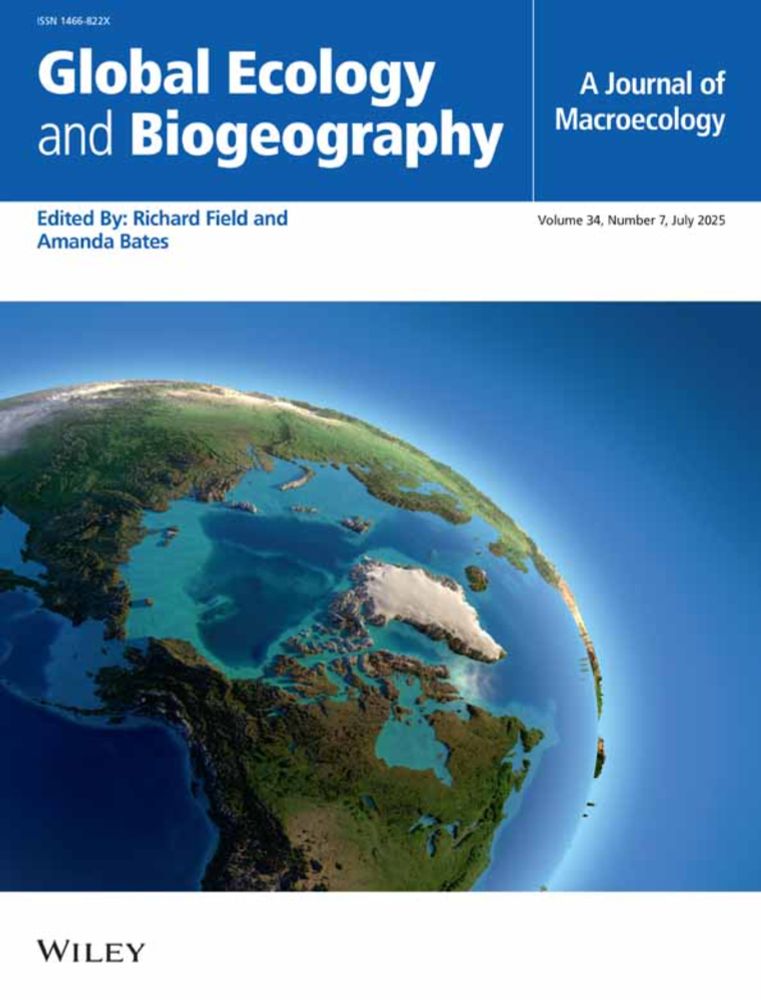

www.idiv.de/career/job-o...

www.idiv.de/career/job-o...
Featuring research on 🧪
🦆Threats to migratory shorebirds
🌍Phosphorus constraints on global photosynthesis
🦠Evolution of the meerkat MHC
Cover shows a larva of an emperor moth, from Li et al. www.nature.com/articles/s41...

Featuring research on 🧪
🦆Threats to migratory shorebirds
🌍Phosphorus constraints on global photosynthesis
🦠Evolution of the meerkat MHC
Cover shows a larva of an emperor moth, from Li et al. www.nature.com/articles/s41...
In Episode 1, Brit Garner and @rspaull.bsky.social talk to Victor Rault and Prof. Alex Antonelli about Charles Darwin and his epic 5-year voyage that still continues to inform and inspire people. 🌍
🎧🧪 natureinsight.podbean.com
In Episode 1, Brit Garner and @rspaull.bsky.social talk to Victor Rault and Prof. Alex Antonelli about Charles Darwin and his epic 5-year voyage that still continues to inform and inspire people. 🌍
🎧🧪 natureinsight.podbean.com
jeffollerton.co.uk/2025/11/14/p...
#China #Bees #Pollinators #Biodiversity

jeffollerton.co.uk/2025/11/14/p...
#China #Bees #Pollinators #Biodiversity

Our study found that wind patterns and time since evolutionary origin best explain the extratropical peak in breeding species richness of these remarkable seabirds. 🐦💨
onlinelibrary.wiley.com/doi/10.1111/...

Our study found that wind patterns and time since evolutionary origin best explain the extratropical peak in breeding species richness of these remarkable seabirds. 🐦💨
onlinelibrary.wiley.com/doi/10.1111/...
dx.doi.org/10.1111/ele....

dx.doi.org/10.1111/ele....
In #Finland, kindergartens are exposing children to more mud, wild plants and moss - and finding changes to their health that show how crucial biodiversity is to wellbeing
www.theguardian.com/environment/...

In #Finland, kindergartens are exposing children to more mud, wild plants and moss - and finding changes to their health that show how crucial biodiversity is to wellbeing
www.theguardian.com/environment/...
www.konfuziusinstitut-leipzig.de/konfuzius-in...

www.konfuziusinstitut-leipzig.de/konfuzius-in...
doi.org/10.1126/scie...

doi.org/10.1126/scie...


Register here:
docs.google.com/forms/d/e/1F...
Seminar series Forest Ecology: Science&Practice
www.uni-goettingen.de/de/701005.html
#agroforestry

Register here:
docs.google.com/forms/d/e/1F...
Seminar series Forest Ecology: Science&Practice
www.uni-goettingen.de/de/701005.html
#agroforestry



Nature drives more than half of global GDP — about $58 trillion — but companies had no framework for addressing biodiversity risks. The new ISO 17298 standard provides a comprehensive approach for embedding biodiversity into company decision-making.
www.forbes.com/sites/felici...

Nature drives more than half of global GDP — about $58 trillion — but companies had no framework for addressing biodiversity risks. The new ISO 17298 standard provides a comprehensive approach for embedding biodiversity into company decision-making.
www.forbes.com/sites/felici...
Burns encourage more variation in the forest landscape, which leads to greater biodiversity — but there are hard limits.

Burns encourage more variation in the forest landscape, which leads to greater biodiversity — but there are hard limits.
Bröcher et al. show that reciprocal effects between plants and invertebrate herbivores vary with plant species richness, plant history and soil history.
Herbivores want nutritious plants with soil history, while they reduce plant height in monocultures
🐛🌱
buff.ly/QZsolZQ
🧪🌍

Bröcher et al. show that reciprocal effects between plants and invertebrate herbivores vary with plant species richness, plant history and soil history.
Herbivores want nutritious plants with soil history, while they reduce plant height in monocultures
🐛🌱
#Megafauna #Extinction #TraitEcology #Palaeoecology

#Megafauna #Extinction #TraitEcology #Palaeoecology









